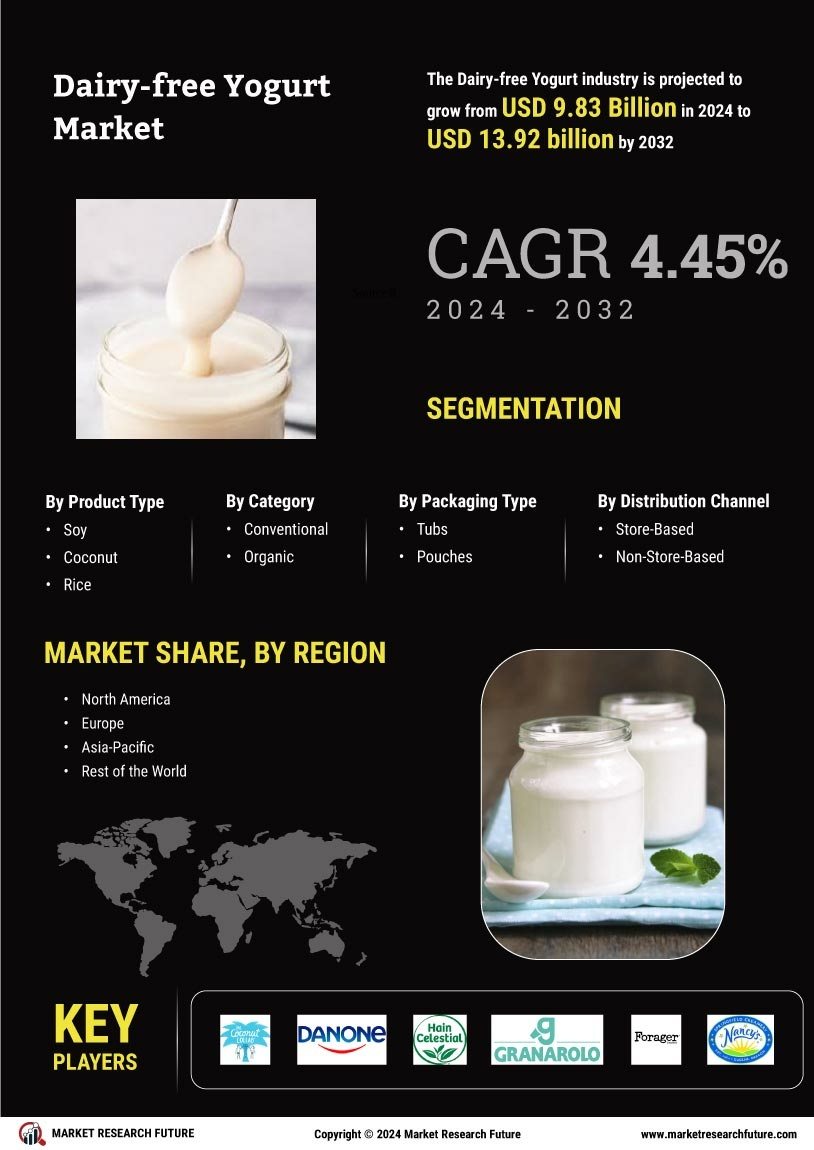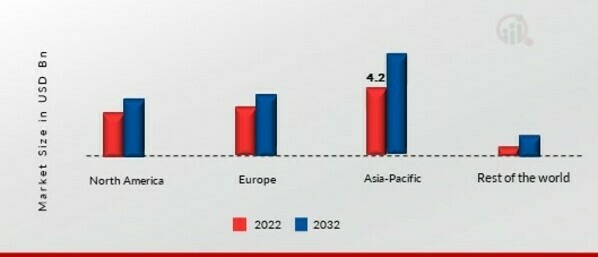Leading market players are investing heavily in research and development to expand their product lines, which will help the dairy-free yogurt market grow even more. Market participants are also undertaking various strategic activities to expand their footprint, with important market developments including new product launches, contractual agreements, mergers and acquisitions, higher investments, and collaboration with other organizations. The dairy-free yogurt industry must offer cost-effective items to expand and survive in a more competitive and rising market climate.
Manufacturing locally to minimize operational costs is one of the key business tactics manufacturers use in the Dairy-free Yogurt industry to benefit clients and increase the market sector. In recent years, the Dairy-free Yogurt industry has offered some of the most significant medical advantages.
Major players in the Dairy-free Yogurt market, including The Coconut Collaborative (UK), Danone S.A. (France), Hain Celestial (US), Granarolo SpA (Italy), Forager Project (US), Springfield Creamery Inc. (US), Daiya Foods Inc. (Canada), Good Karma Foods Inc. (US), COYO Pty Ltd (Australia), NANCY'S (US), Lavva (New York), Whitewave Foods Company Inc. (US), Stonyfield Farm Inc. (US), General Mills Inc. (US)and others, are attempting to increase market demand by investing in research and development operations.
Danone S.A. is a French multinational food-products corporation based in Paris. It was founded in 1919 in Barcelona, Spain. It is listed on Euronext Paris, a CAC 40 stock market index component. Some of the company's products are branded Dannon in the United States. Danone S.A. launched the "Silk Kids Almond Milk Yogurt Alternative" plant-based yogurt specially formulated for children. The product comprises fava bean protein, almond milk, live & active cultures, and organic coconut oil and is fortified with Vitamin D and calcium to satisfy the children's nutrition.
The yogurt substitute is dairy-free, lactose-free, gluten-free, and peanut-free; available in three flavors: apple cinnamon, strawberry, and mixed berry.
Soyarich Foods Manufacturing began life as a manufacturing entity in 2010; it has since grown into a leading player in innovative food manufacturing in Pune, specializing in soya bean-based products such as Tofu (Soya Paneer), Soya Milk, Soya Nuts, and Soya Sweets. Soya Rich Foods also pioneered introducing fresh soya foods to Pune. India-Based Soyarich Foods announces the launch of a new-flavored plant-based alternative, "Yofu," available in varied flavors such as mango, cherry, and apple cinnamon. The product contains fruit pulps with no added colors or preservatives, thus suiting the vegan population for consumption.










